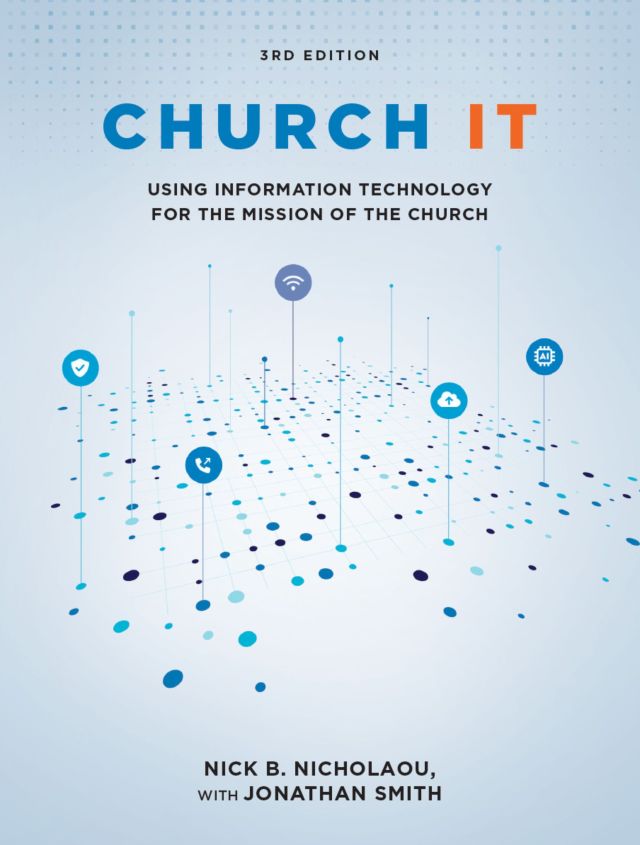Key point: Most courts have ruled that clergy and churches cannot be sued for "clergy malpractice."
Key point: Churches can be legally responsible on the basis of the respondeat superior doctrine for the actions of their employees only if those actions are committed within the course of employment and further the mission and functions of the church. Intentional and self-serving acts of church employees often will not satisfy this standard.
A New York court ruled that a church and diocese could not be sued on the basis of "malpractice" or "respondeat superior" for the alleged sexual misconduct of a priest.
The priest allegedly molested a minor pupil at a church-operated secondary school. A trial court dismissed the case, and the child and his parents appealed. A state appellate court affirmed the trial court's decision in favor of the church and diocese. In rejecting the malpractice claim, the court observed that malpractice is based on negligent rather than intentional behavior, and that the sexual assault alleged in this case was an intentional act. The court also pointed out that "we are unaware of any authority supporting the proposition that sexual abuse by a member of the clergy is cognizable as clergy malpractice." The court referred to the Nally case, see Clergy Malpractice below.
The court also rejected the parents' allegation that the church and diocese were liable on the basis of respondeat superior. Under the respondeat superior doctrine employers can be liable for the acts of their employees committed within the course of their employment. The court observed simply that "the alleged sexual assault was not within the scope of employment and cannot be said to have been in furtherance of the employer's business." Joshua S. v. Casey, 615 N.Y.S.2d 200 (A.D. 4 Dept. 1994).
See Also: Clergy Malpractice | Cases Finding Denominations Not Liable




